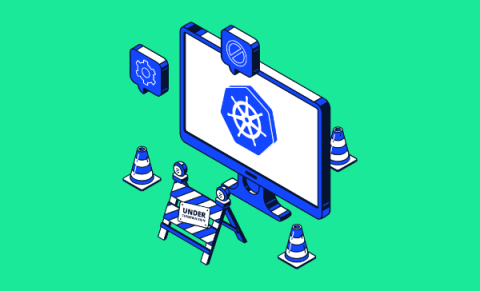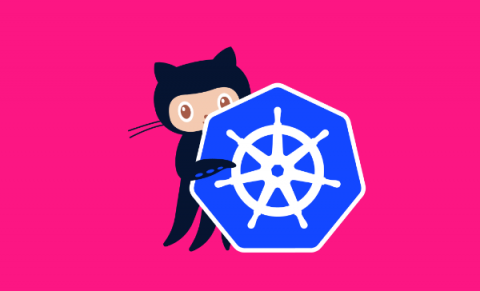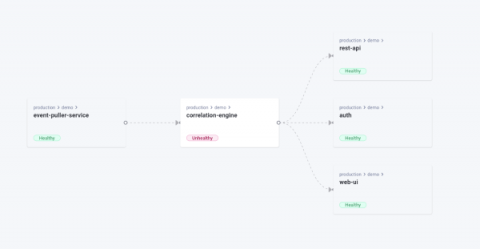Team Komodor Does Klustered with David Flannagan (AKA Rawkode)
An elite DevOps team from Komodor takes on the Klustered challenge; can they fix a maliciously broken Kubernetes cluster using only the Komodor platform? Let’s find out! Watch Komodor’s Co-Founding CTO, Itiel Shwartz, and two engineers – Guy Menahem and Nir Shtein leverage the Continuous Kubernetes Reliability Platform that they’ve built to showcase how fast, effortless, and even fun, troubleshooting can be!











